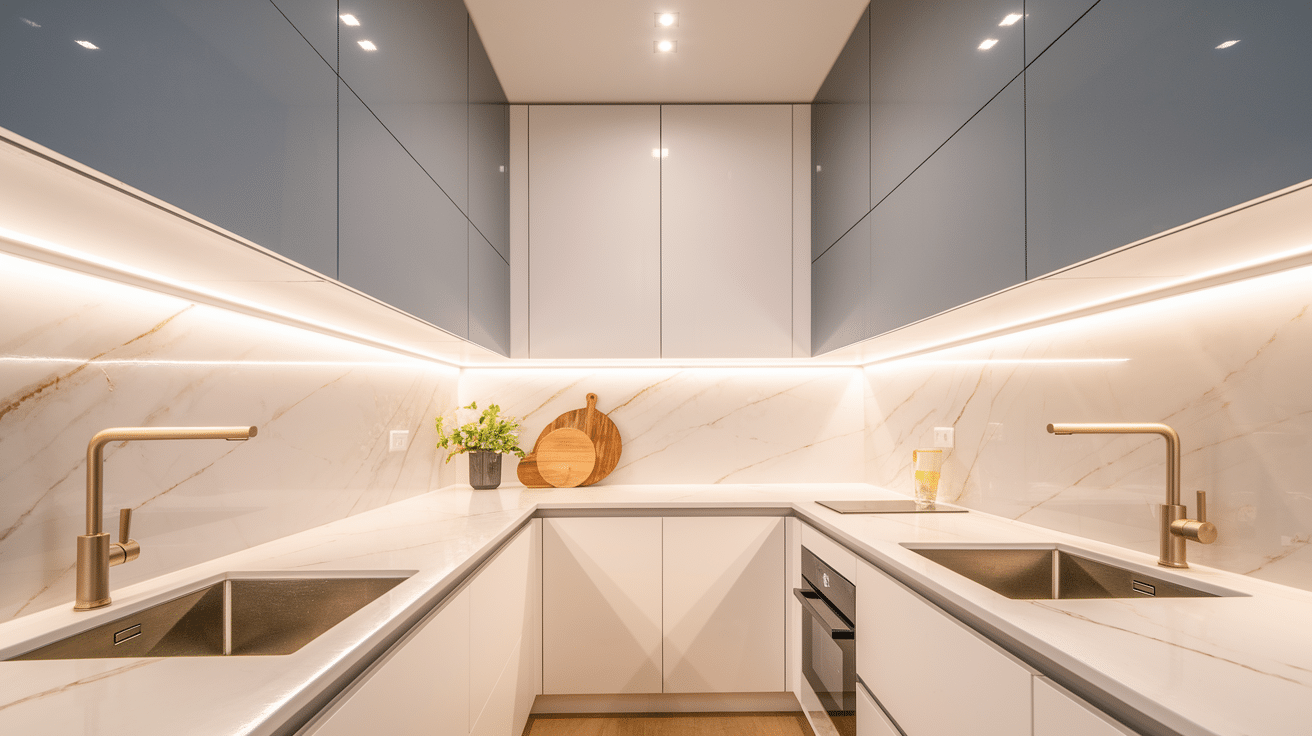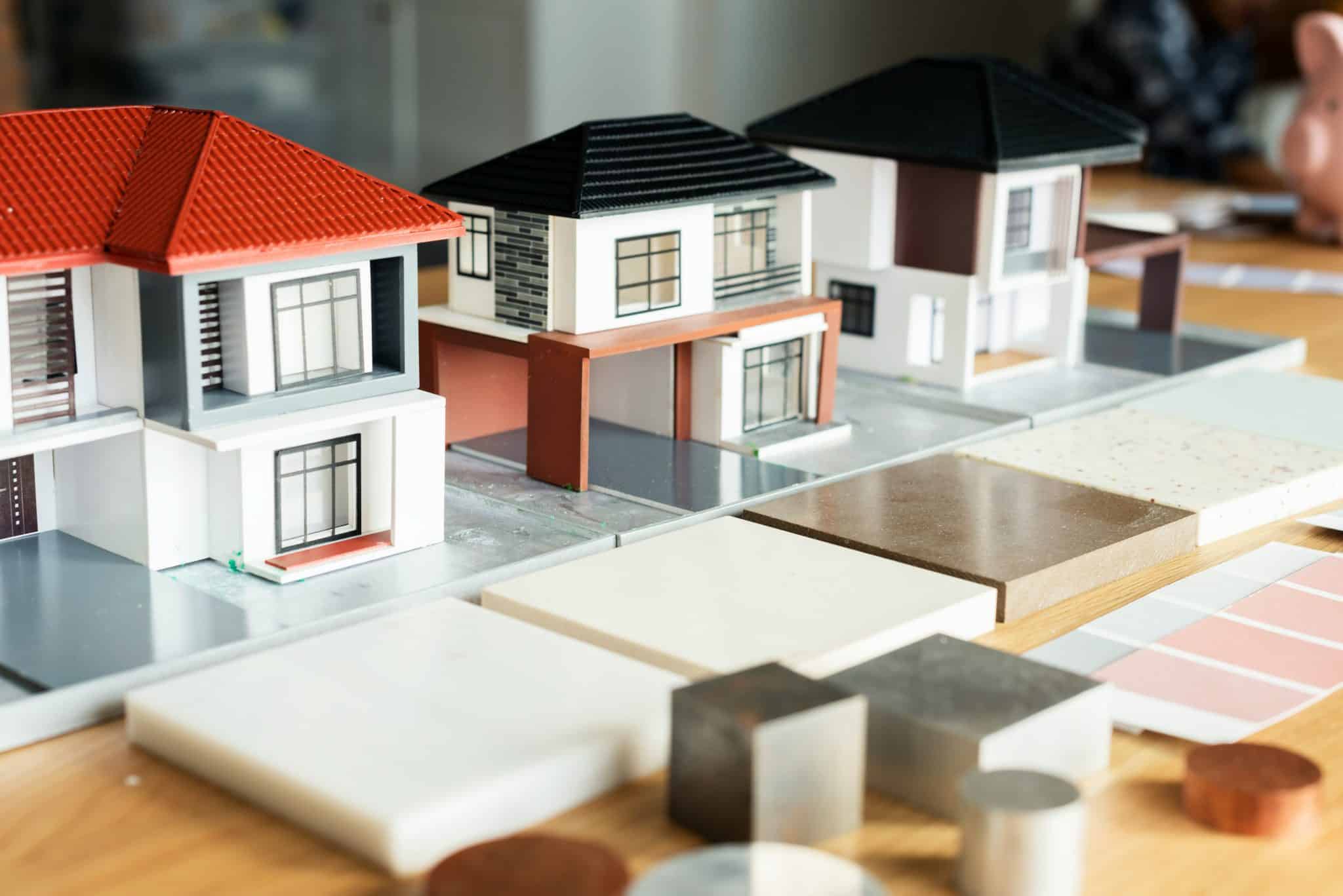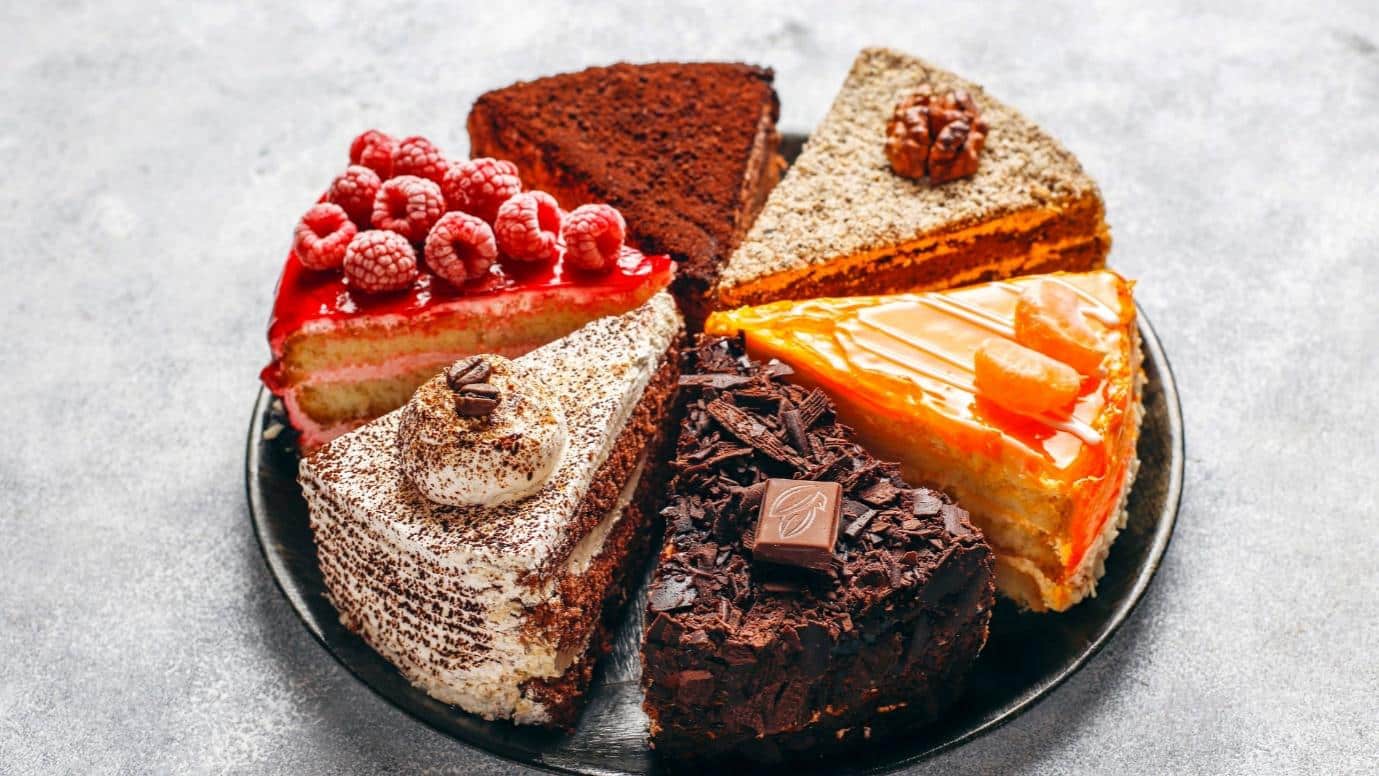Looking for the perfect backsplash to complement your kitchen renovation?
A quartz backsplash kitchen design offers the perfect solution for busy homeowners who want both style and function.
Many homeowners struggle with backsplash materials that stain easily, require constant maintenance, or simply don’t match their existing countertops. Traditional tile options often trap grease in grout lines, while natural stone needs regular sealing to prevent damage.
A quartz backsplash solves these common kitchen problems.
This engineered stone material resists stains, requires minimal maintenance, and comes in hundreds of colors and patterns to match any design preference.
This article covers everything about quartz backsplash kitchen, including benefits, costs, design ideas, and care tips. Learn how to choose the right quartz backsplash for your space.
What is a Quartz Backsplash Kitchen?
A quartz backsplash kitchen features engineered stone panels covering the wall space behind cooking areas. This material combines ground quartz with resins and pigments.
Quartz backsplashes protect walls from water, grease, and food splashes. They create a smooth surface that’s easy to wipe clean after cooking. The panels come in large pieces instead of small tiles. This means fewer seams and joints to clean around.
Quartz backsplashes typically extend from countertops to upper cabinets. Some designs cover entire walls to make a bold statement. The material offers hundreds of color and pattern options. Popular choices include solid whites, grays, and marble-look designs.
Can Quartz Cover a Full Kitchen Backsplash?
Yes, quartz backsplash kitchen installations can cover entire walls. The material works well for both partial and full coverage applications. Full quartz backsplashes require careful planning and measurement.
Professional installation ensures proper support and sealing. The weight of quartz requires adequate wall support. Most residential walls need reinforcement for large slab installations. Electrical outlets and switches need precise cutouts.
These details must be planned before fabrication begins. Full coverage provides the most dramatic visual impact. The continuous surface creates a luxury hotel or restaurant feel.
12 Quartz Kitchen Backsplash Ideas
Choosing the right design is key to a successful kitchen renovation. These quartz backsplash ideas suit different styles and preferences.
1. Minimalist Designs
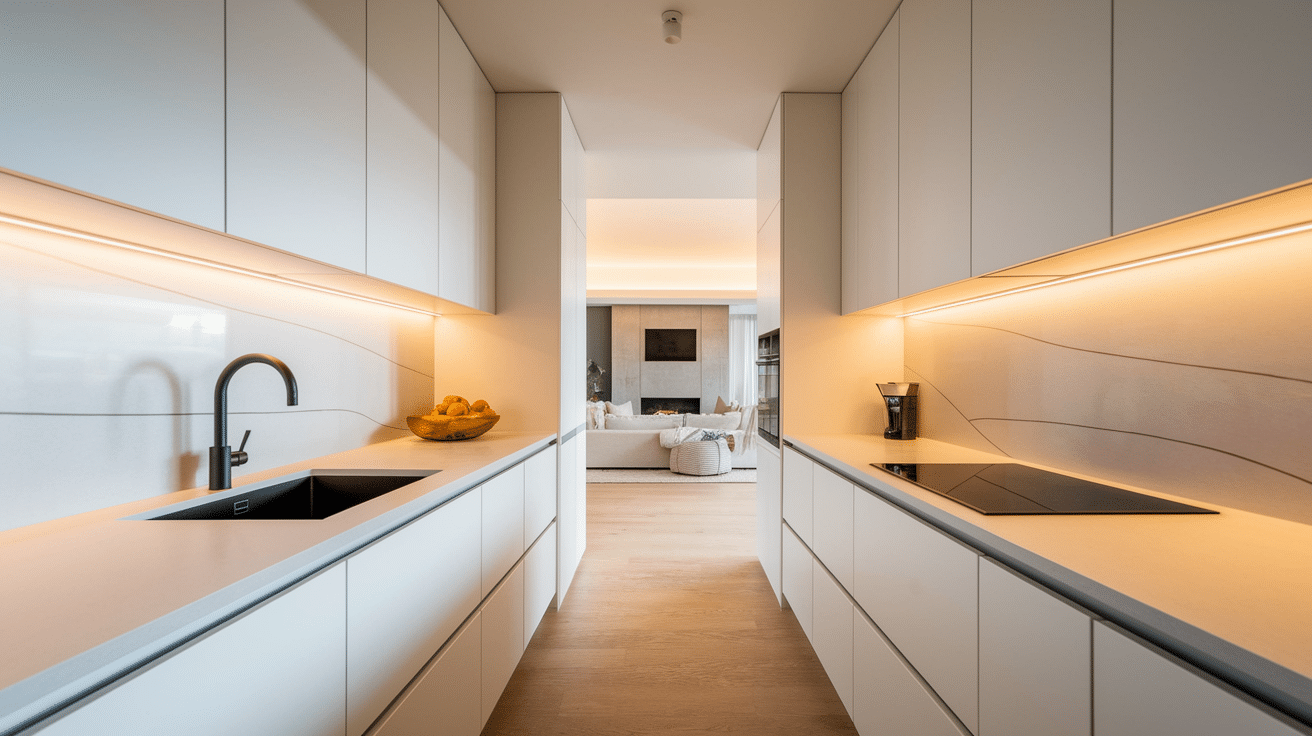
Welcome sleek, simple quartz backsplashes that enhance a clean and modern kitchen look. White or light gray quartz creates calm, uncluttered spaces perfect for contemporary homes.
2. Contrasting with Cabinets
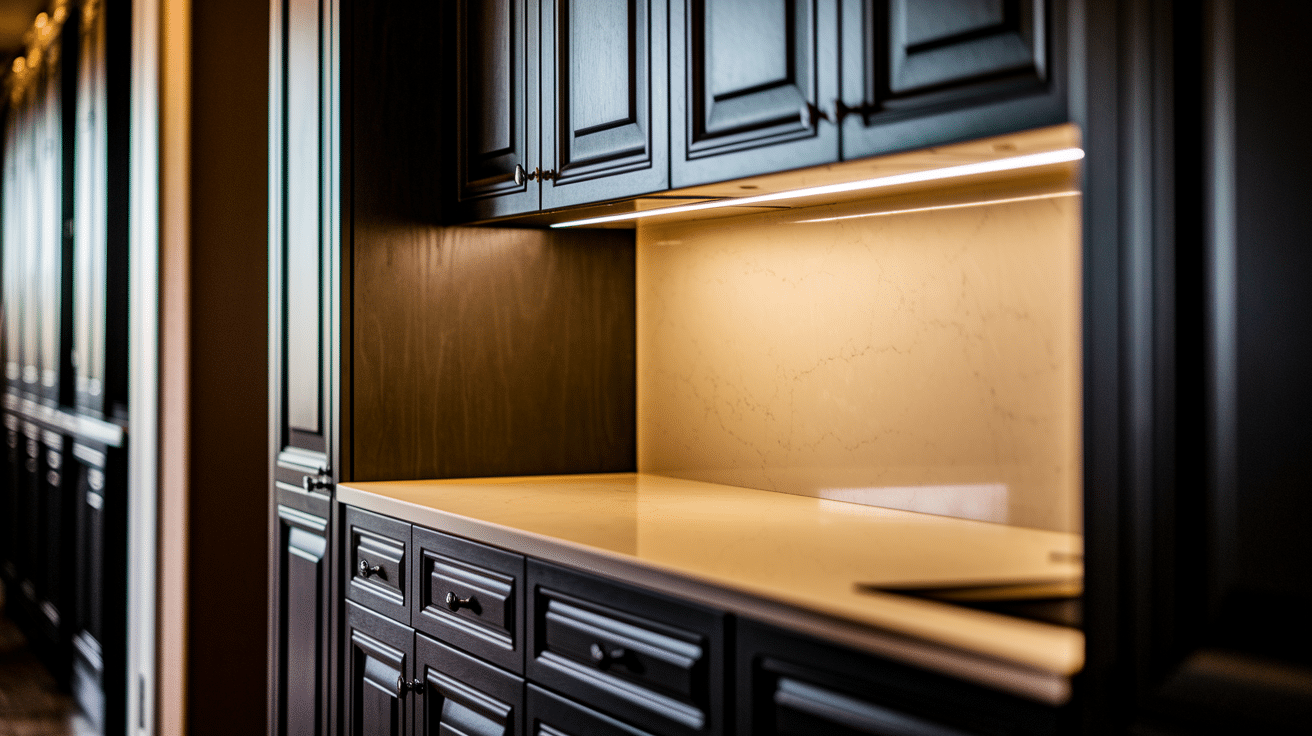
Pair contrasting quartz colors with cabinetry to create a striking visual effect. Dark cabinets work beautifully with light quartz, while white cabinets pop with dark quartz backsplashes.
3. Full Wall Quartz Coverage
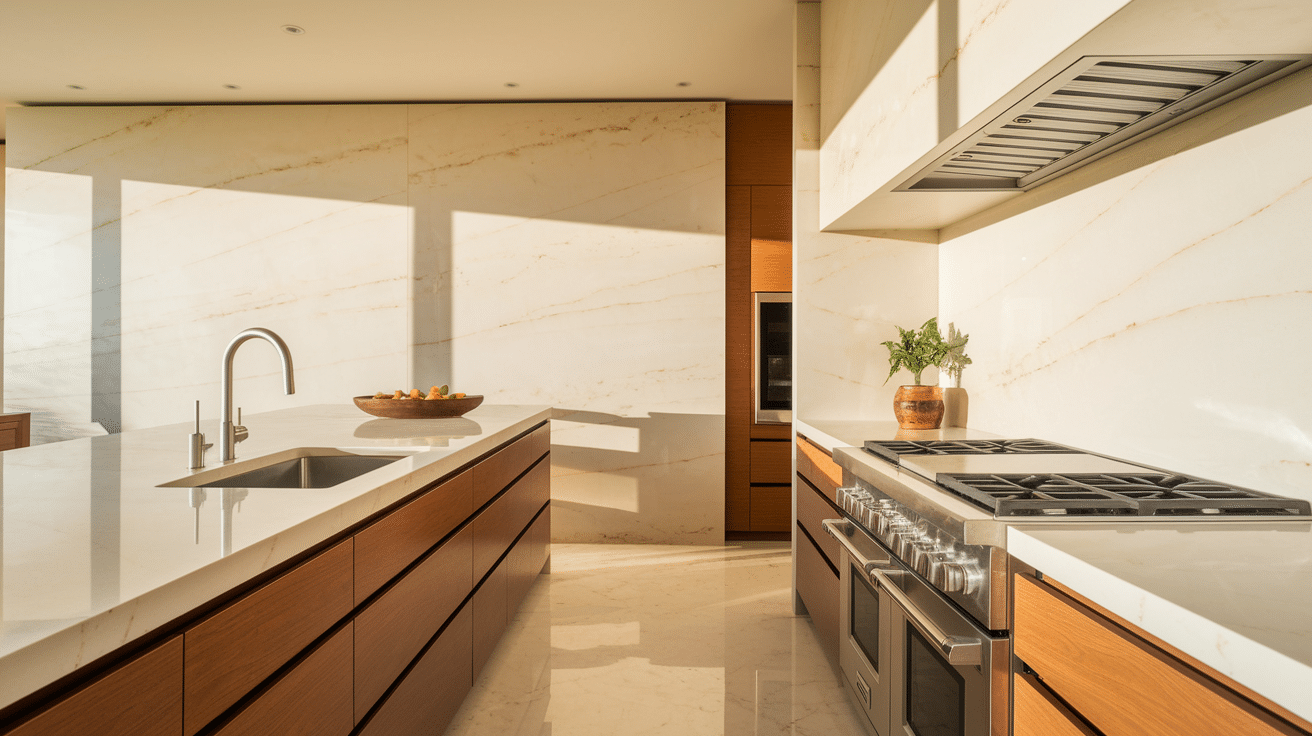
Use quartz to cover the entire wall for a seamless, contemporary appearance. This approach works best in open kitchens, creating maximum visual impact.
4. Textured Quartz for Added Depth
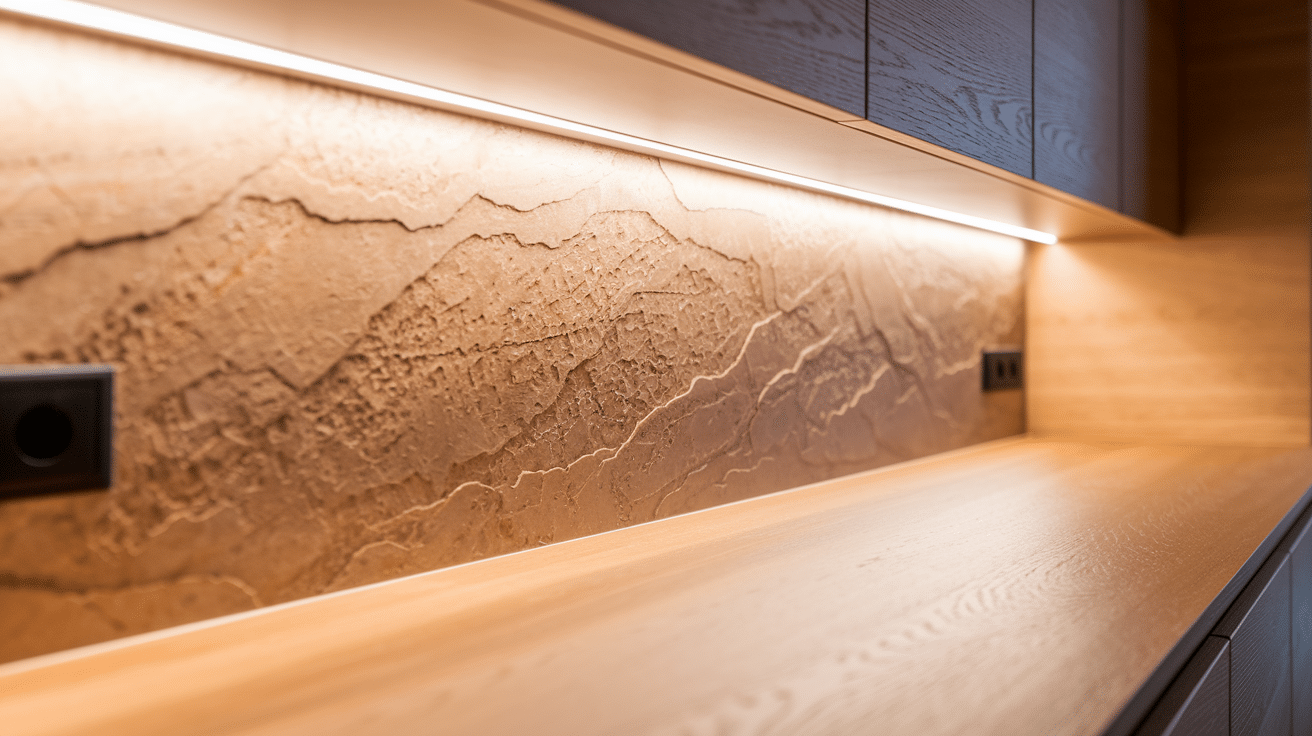
Incorporate textured quartz to bring dimension and tactile appeal to the backsplash. Textured surfaces add interest while maintaining the material’s easy-care benefits.
5. Bold Veined Quartz
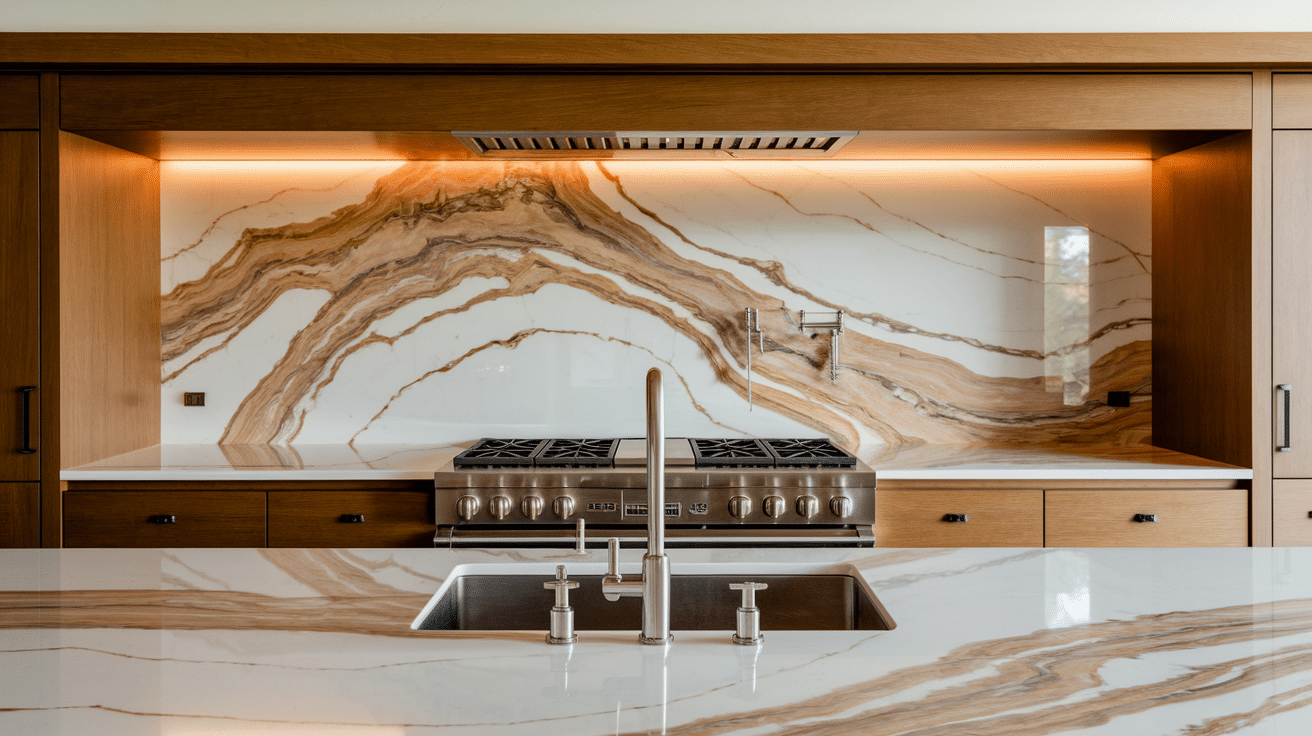
Go for dramatic, bold veins in quartz that mimic marble for a luxurious feel. These patterns create stunning focal points behind cooking areas.
6. Monochromatic Designs
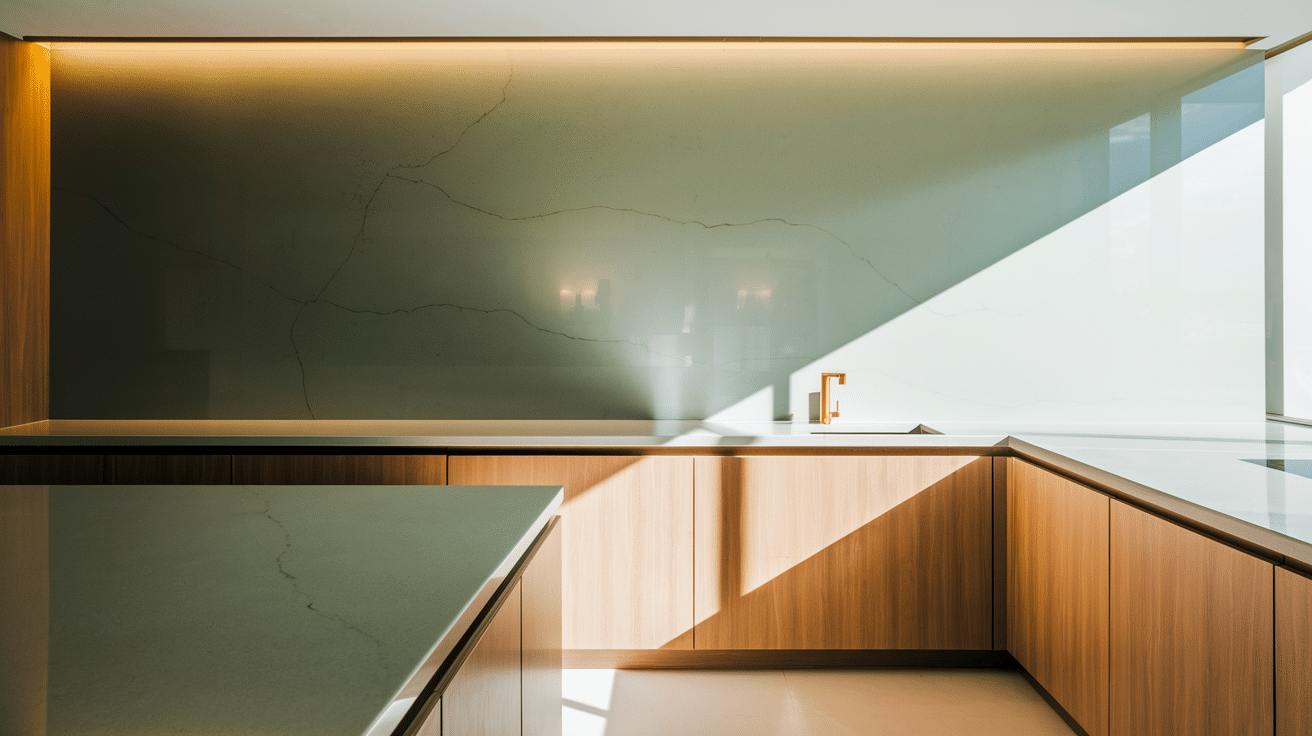
Create a unified and polished look by using matching quartz for both countertops and backsplashes. This approach makes kitchens appear larger and more cohesive.
7. Glossy Finish for a Modern Touch
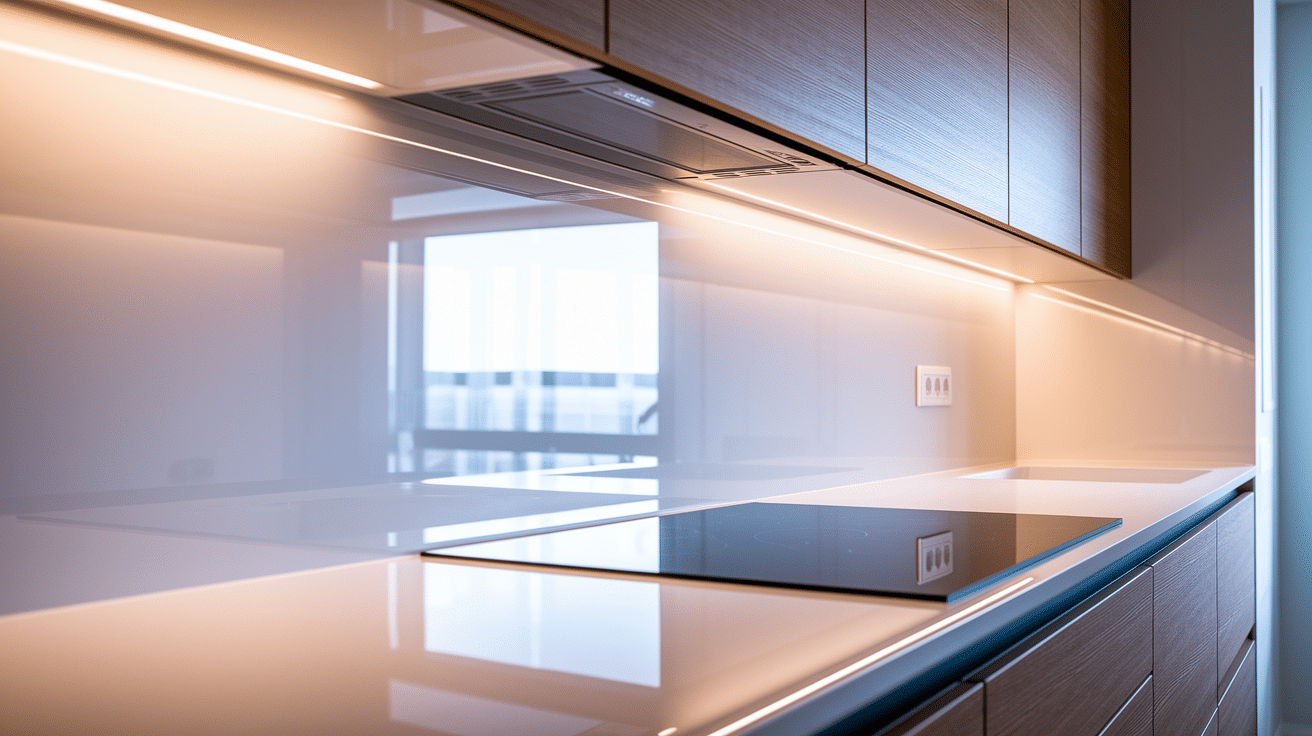
Opt for a high-gloss finish in quartz backsplash to enhance light reflection and modern appeal. Glossy surfaces make small kitchens feel brighter and more spacious.
8. Subtle Patterns for a Refined Touch
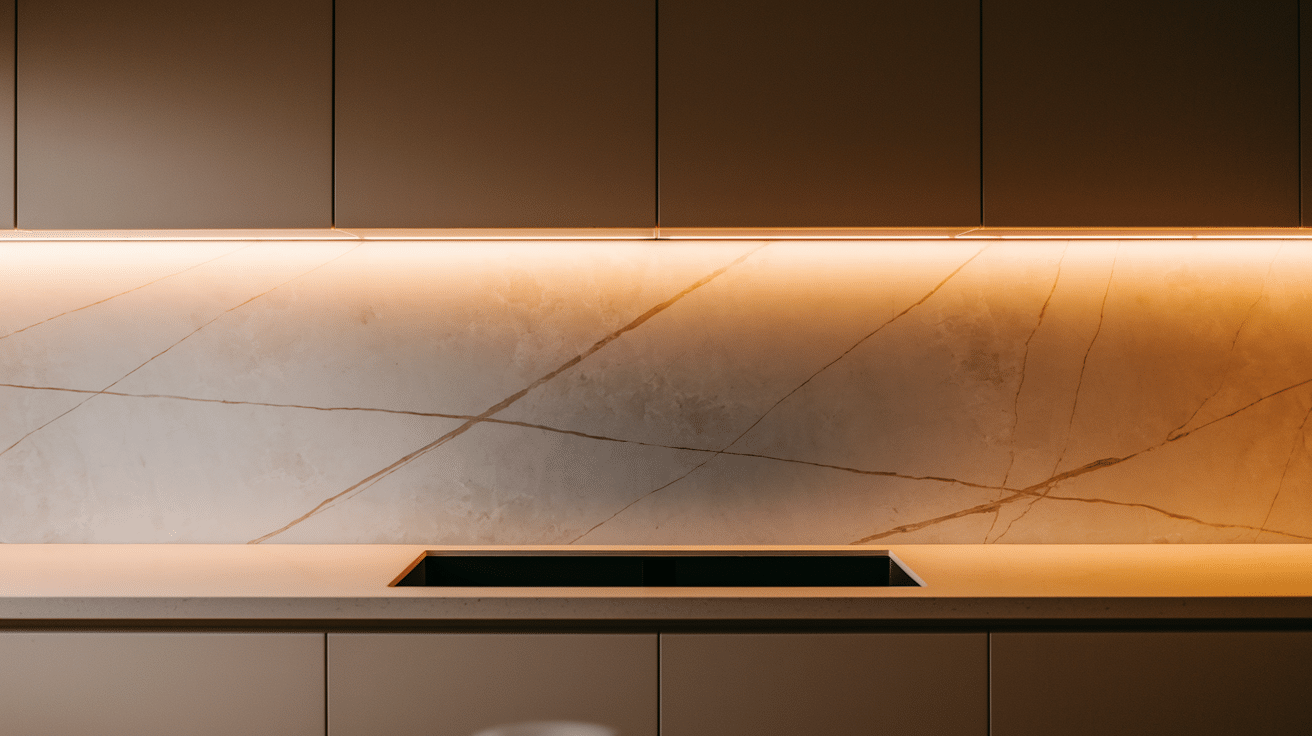
Choose understated, minimal patterns in quartz for a sophisticated and refined look. These designs add visual interest without overwhelming the space.
9. Contrasting Color Schemes
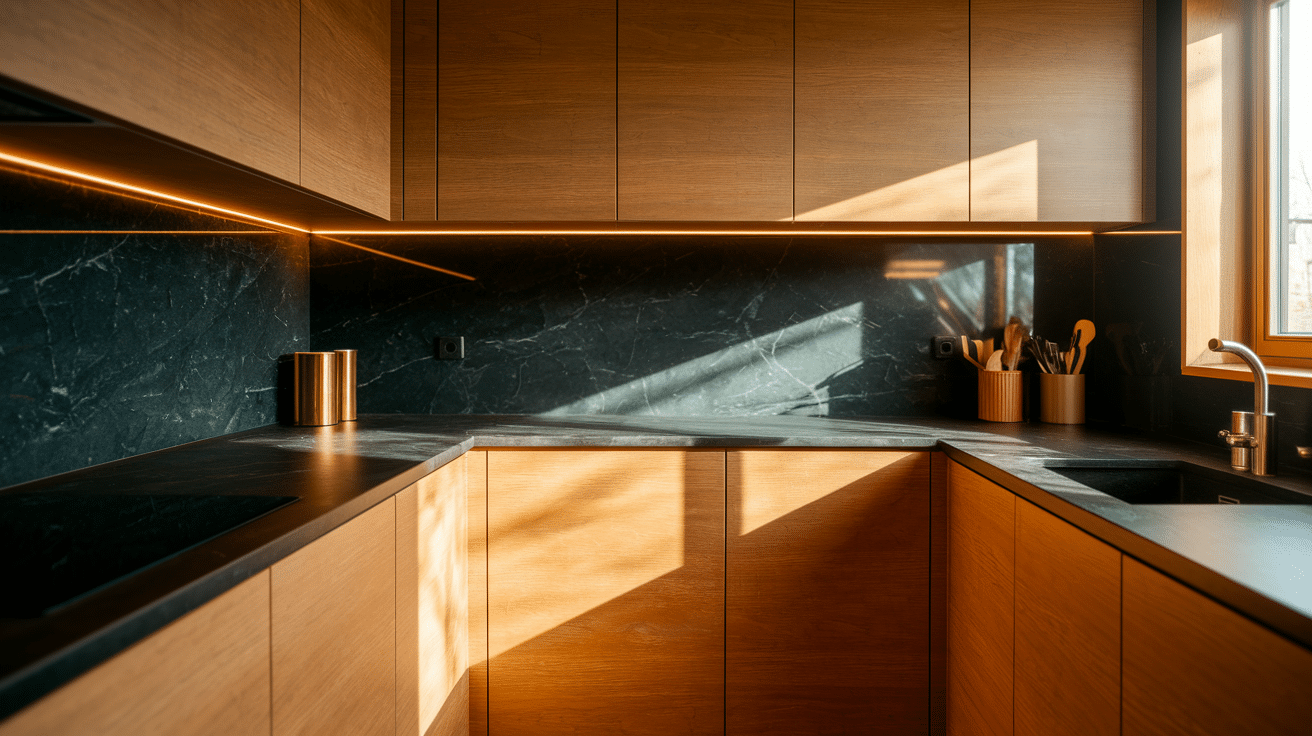
Combine dark quartz backsplashes with lighter countertops to create a dynamic, balanced contrast. This approach adds depth and visual drama to kitchen designs.
10. Natural Stone Look
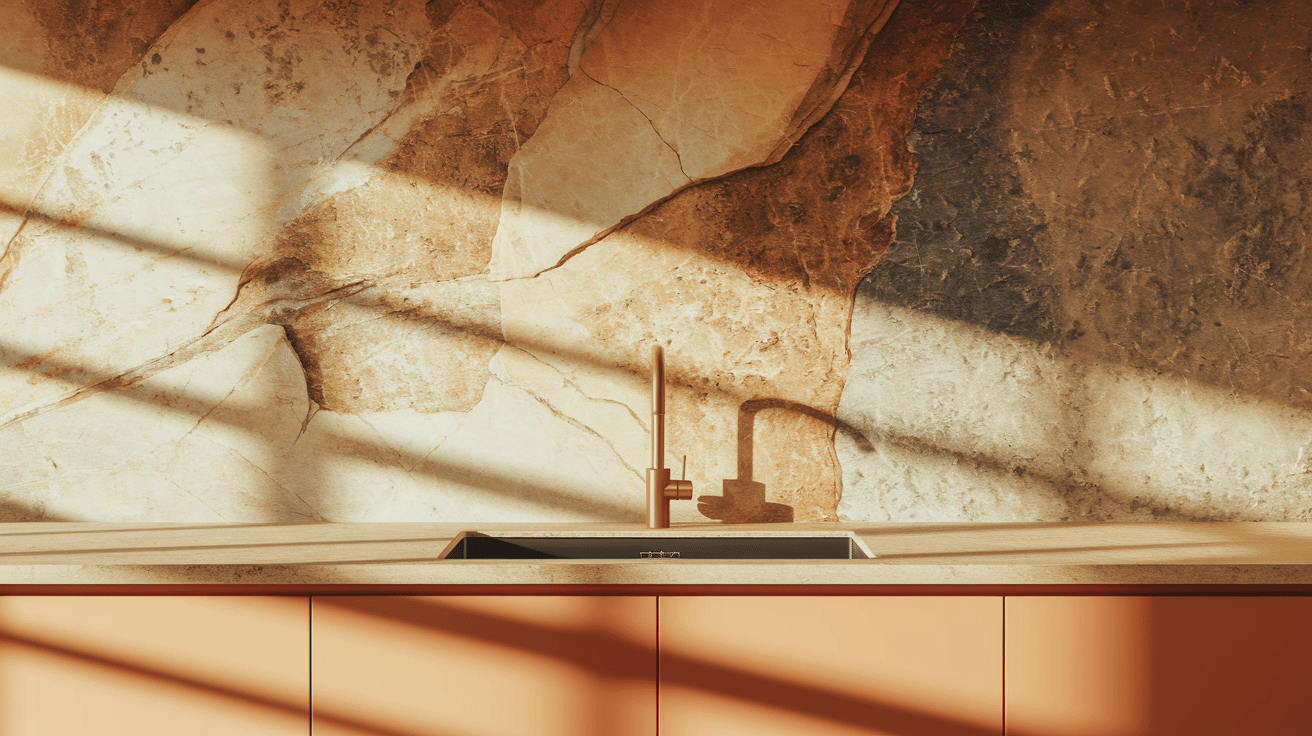
Use quartz with a natural stone appearance for a timeless and earthy feel in the kitchen. These options provide stone beauty with quartz durability.
11. Inset Quartz Tiles
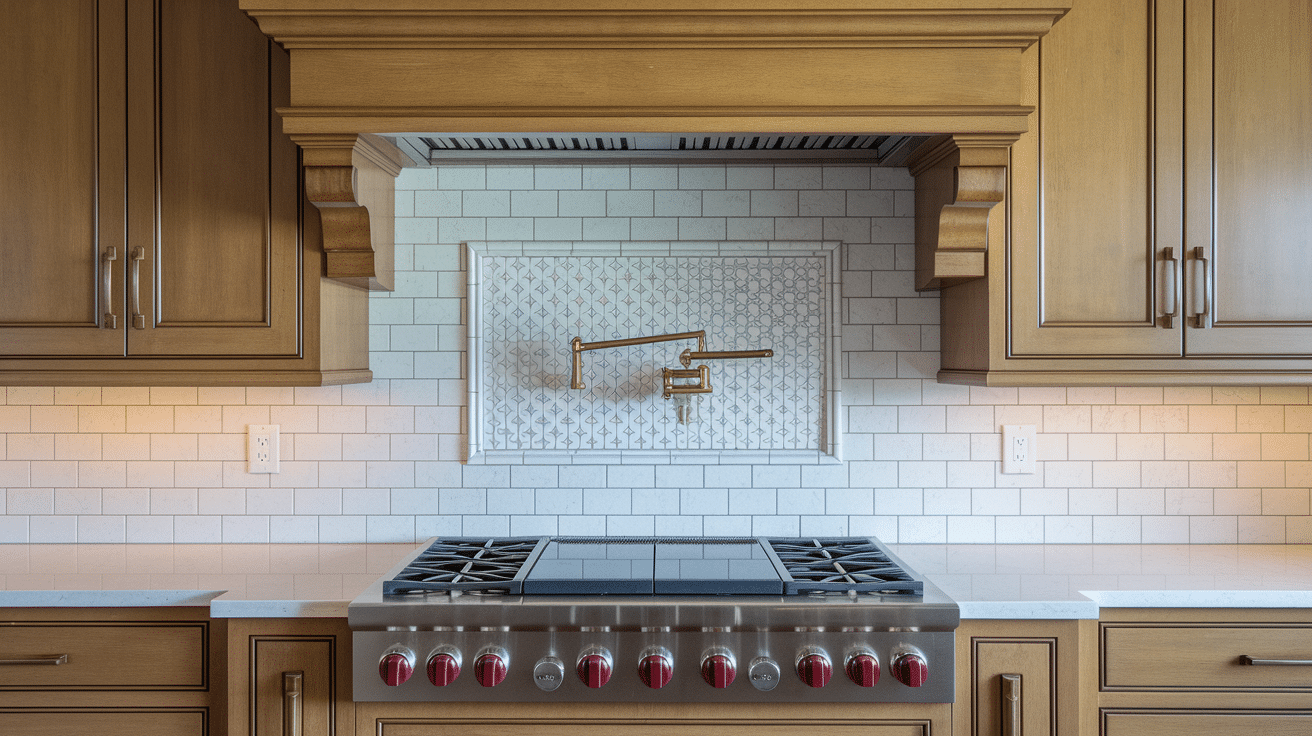
Mix quartz slabs with inset quartz tiles for a unique, customized backsplash design. This technique creates pattern variation while maintaining material consistency.
12. Integrated Lighting with Quartz
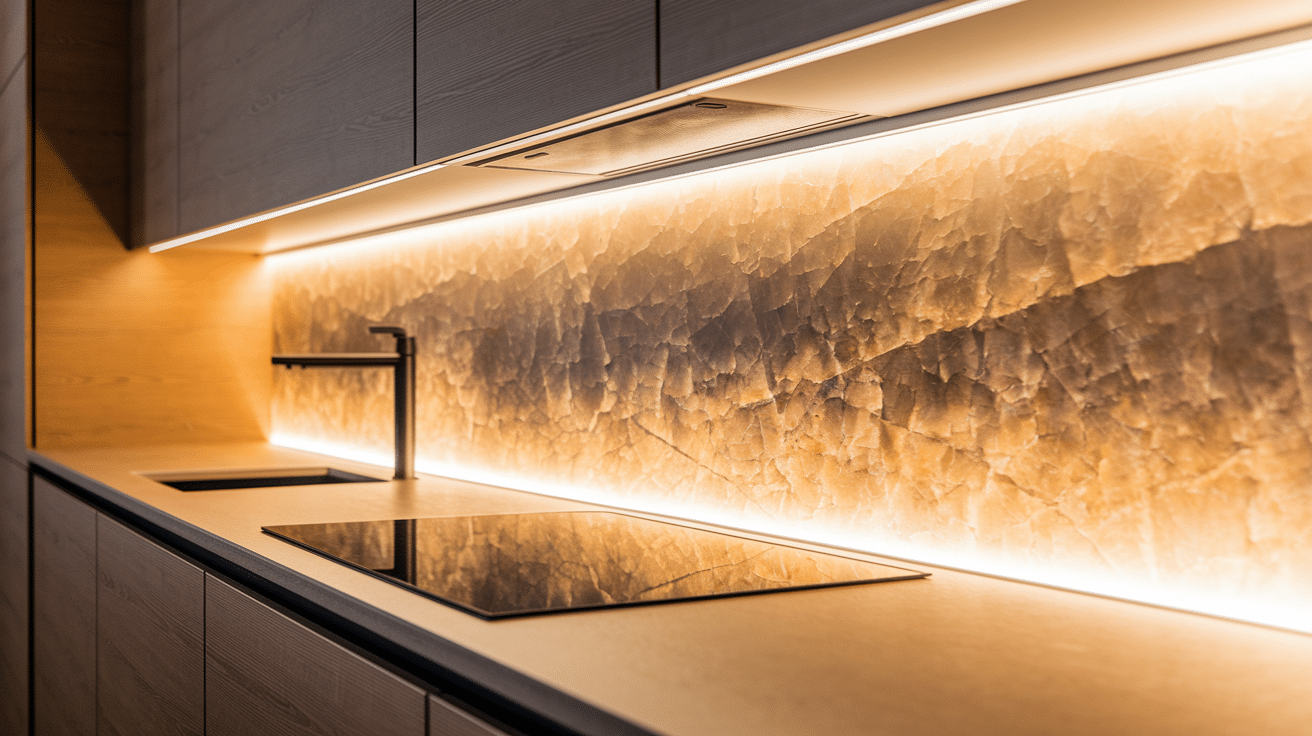
Install LED lighting above or below quartz backsplash to enhance its beauty and create ambiance. Under-cabinet lighting makes quartz surfaces glow and adds task lighting.
How Much Does Quartz Backsplash Cost?
Quartz backsplash prices range from $40 to $120 per square foot, installed. Material costs account for 60-70% of the total expense.
Basic solid colors cost less than premium patterns. Exotic veining or rare colors significantly increase the price.
Labor costs vary by region and the complexity of the installation. Simple installations cost $15-25 per square foot for labor alone.
Quartz Backsplash vs Tile Cost Analysis
| Material Type | Cost Per Square Foot (Installed) | Maintenance Level | Lifespan |
|---|---|---|---|
| Quartz Slabs | $40-120 | Low | 25+ years |
| Natural Stone Tile | $10-30 | Medium | 15-20 years |
| Ceramic Tile | $5-15 | Medium | 10-15 years |
| Subway Tile | $8-20 | Medium | 10-15 years |
While quartz costs more upfront, it requires less maintenance over time. No grout cleaning or resealing saves money in the long term.
The larger initial investment provides better durability and easier care. This makes quartz cost-effective for busy households.
Quartz Backsplash Pros and Cons
Before choosing a quartz backsplash for your kitchen, consider both the advantages and drawbacks of this material.
| Pros | Cons |
|---|---|
| Easy maintenance: Daily cleaning takes just minutes with basic soap and water | Higher upfront cost: Quartz typically costs 2-4 times more than ceramic tile |
| Stain resistance: Spills wipe away without leaving permanent marks | Professional installation required: DIY installation isn’t recommended for most homeowners |
| Design consistency: Factory-controlled manufacturing eliminates natural variations | Limited heat resistance: Hot pots can damage the surface, and trivets are always needed |
| No sealing required: Engineered surface needs no ongoing protective treatments | Potential for chipping: Edges and corners can chip with rough handling |
| Non-porous surface: Prevents bacterial growth and odor absorption | Weight considerations: Requires adequate wall support for installation |
| Wide variety: Hundreds of colors and patterns available | Repair difficulty: Damaged sections often need professional replacement |
Quartz Backsplash Care Tips for Long-Lasting Results
- Clean daily with soap and water: Use warm water and mild dish soap with a microfiber cloth for routine maintenance.
- Wipe spills immediately: Clean cooking splatters right away to prevent staining and maintain the surface appearance.
- Use non-abrasive cleaners only: Avoid harsh chemicals, bleach, or scrubbing pads that can damage the quartz finish.
- Protect from direct heat: Always use trivets under hot pots and pans to prevent thermal shock and cracking.
- Choose proper thickness: Standard 3/4 inch thickness provides durability, while 1/2 inch reduces weight and installation costs.
- Schedule professional inspection: Have seams and edges checked annually to catch potential issues before they worsen.
- Polish for extra shine: Use quartz-specific polish occasionally to enhance the surface gloss and remove minor scratches.
Final Thoughts
A quartz backsplash kitchen installation changes both the look and functionality of your cooking space.
This durable material offers stain resistance, easy maintenance, and design flexibility that traditional tile cannot match.
The higher upfront cost of quartz pays off through years of hassle-free use. No grout cleaning, no annual sealing, and no worrying about permanent stains from cooking spills.
Choose matching quartz for a unified look or contrasting colors for visual drama. Your quartz backsplash kitchen will boost your home’s value and improve your daily cooking experience.
Ready to upgrade your kitchen?
Consider the long-term benefits of quartz over cheaper alternatives. Your future self will thank you for choosing a backsplash material that stays beautiful with minimal effort.
Frequently Asked Questions
Can Heat Damage a Quartz Backsplash?
Yes, direct contact with hot pots and pans can cause cracks or discoloration in quartz backsplashes. Always use trivets to protect the surface.
How to Remove Heat Damage from Quartz?
Heat damage to quartz requires professional repair or replacement. Minor discoloration might be polished out, but cracks cannot be fixed at home.

